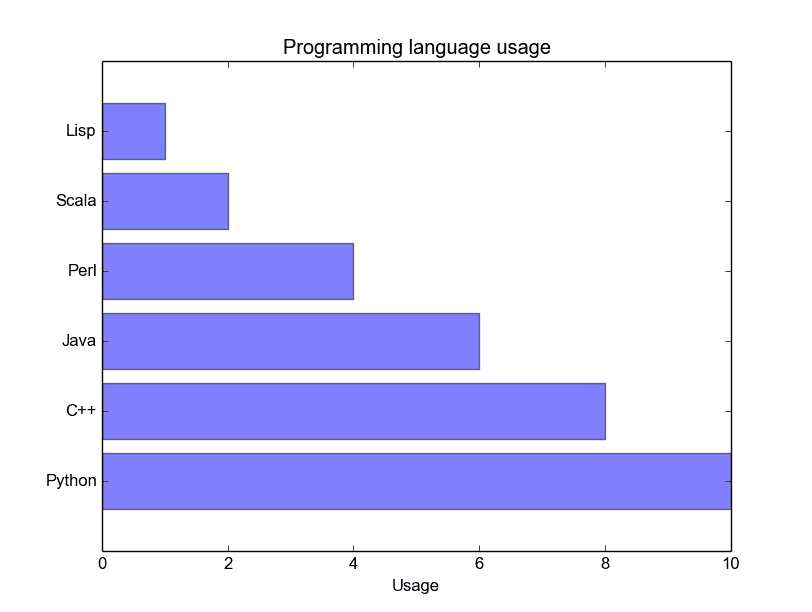Category: Tutorials
Matplotlib Histogram
Matplotlib can be used to create histograms. A histogram shows the frequency on the vertical axis and the horizontal axis is another dimension. Usually it has bins, where every bin has a minimum and maximum value. Each bin also has a frequency between x and infinite.
Related course
Matplotlib histogram example
Below we show the most minimal Matplotlib histogram:
import numpy as np |
Output:

A complete matplotlib python histogram
Many things can be added to a histogram such as a fit line, labels and so on. The code below creates a more advanced histogram.
#!/usr/bin/env python |
Output:

Matplotlib Bar chart
Matplotlib may be used to create bar charts. You might like the Matplotlib gallery.
Matplotlib is a python library for visualizing data. You can use it to create bar charts in python. Installation of matplot is on pypi, so just use pip: pip install matplotlib
The course below is all about data visualization:
Related course:
Data Visualization with Matplotlib and Python
Bar chart code
A bar chart shows values as vertical bars, where the position of each bar indicates the value it represents. matplot aims to make it as easy as possible to turn data into Bar Charts.
A bar chart in matplotlib made from python code. The code below creates a bar chart:
import matplotlib.pyplot as plt; plt.rcdefaults() |
Output:

Matplotlib charts can be horizontal, to create a horizontal bar chart:
import matplotlib.pyplot as plt; plt.rcdefaults() |
Output:

Bar chart comparison
You can compare two data series using this Matplotlib code:
import numpy as np |
Output:

Stacked bar chart
The example below creates a stacked bar chart with Matplotlib. Stacked bar plots show diffrent groups together.
# load matplotlib |
Output:

Download All Matplotlib Examples
pie chart python
Matplotlib supports pie charts using the pie() function. You might like the Matplotlib gallery.
The matplotlib module can be used to create all kinds of plots and charts with Python. A pie chart is one of the charts it can create, but it is one of the many.
Related course: Data Visualization with Matplotlib and Python
Matplotlib pie chart
First import plt from the matplotlib module with the line import matplotlib.pyplot as plt
Then you can use the method plt.pie() to create a plot.
The code below creates a pie chart:
import matplotlib.pyplot as plt |
The above code has the following output:

You can define it’s sizes, which parts should explode (distance from center), which labels it should have and which colors it should have.
plt.pie(sizes, explode=explode, labels=labels, colors=colors, ...) |
Matplotlib pie chart legend
To add a legend use the plt.legend() function. This adds a legend on top of the plot.
import matplotlib.pyplot as plt |
It outputs this plot:

While making the plot, don’t forget to call the method .show().
plt.show() |
Download All Matplotlib Examples
